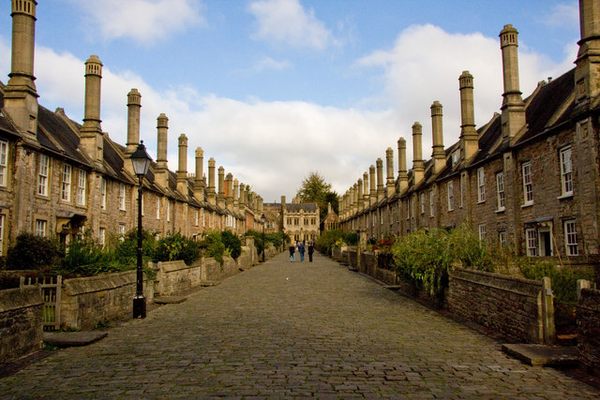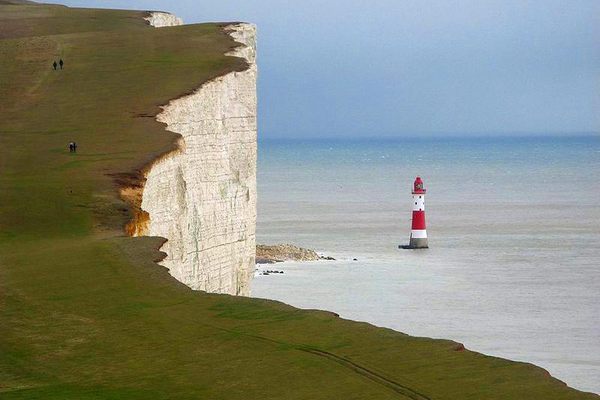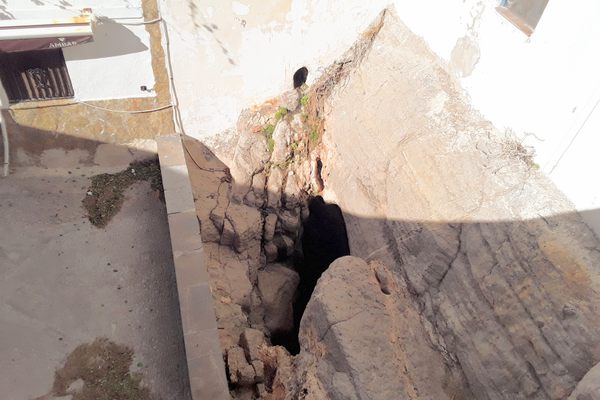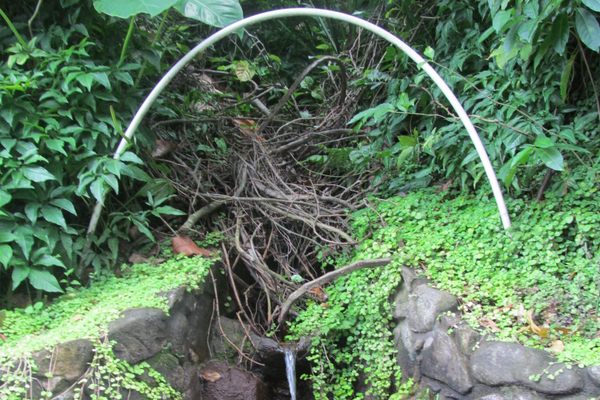The Cheddar Man and Cannibals Museum
Museum about life, death, and cannibalism in the Stone Age.
The Cheddar Man and Cannibals Museum explores life in prehistoric Britain with exhibits about survival skills, art, and daily activities in the Stone Age. Guides describe and demonstrate how to make axe heads and how to utilize mammoth tusks in home-building. They also explain how our ancestors ate one another.
Cannibal Cottage is more than just a gruesome horror tour. When the exhibit first opened, it was controversial, particularly for its collection of slaughtered human bones. These remains are nearly thirteen thousand years old and prove that the first humans were cannibals. The museum attempts to contextualize these findings by detailing the history of cannibalism, how and why it might have been necessary, and the evolution of Homo sapiens.
Those visitors who are uninterested in graphic cannibalism can paint their own cave wall or examine the giant cave-bear skeleton. The area where the skeletons have been found, Cheddar Gorge, was named the second greatest natural wonder in Britain, and it boasts adventure hiking and cave exploration, nature and conservation walks, and gorge walks with British goats. For a less strenuous route to spectacular views, tourists can board one of the gorge’s open-top buses to the prehistoric riverbeds.
Explorers can also hike to Nature’s Cathedral, a quarter mile cave formed by an Ice Age river, and glimpse breathtaking geological wonders. The stalactites and stalagmites in these caverns have been building for hundreds of thousands of years. It was in this area, Gough’s cave, that the Cheddar man, Britain’s oldest complete skeleton, was discovered. The Mesolithic hunter-gatherer’s body was buried there nine thousand years ago. Though the original remains have been moved to London’s National History Museum, a replica of the skeleton is still part of the exhibit. Examinations of his body seems to indicate that the Cheddar Man suffered a mysterious and violent death.
Know Before You Go
Mainline trains are direct from London (Paddington), Edinburgh, Glasgow, Newcastle-upon-Tyne, Carlisle, Leeds, Sheffield, Derby, Birmingham (New Street), Cardiff, Plymouth, Exeter, Portsmouth & Southampton. Take to Bristol (Temple Meads), then change for local train to Weston-super-Mare.


















Follow us on Twitter to get the latest on the world's hidden wonders.
Like us on Facebook to get the latest on the world's hidden wonders.
Follow us on Twitter Like us on Facebook